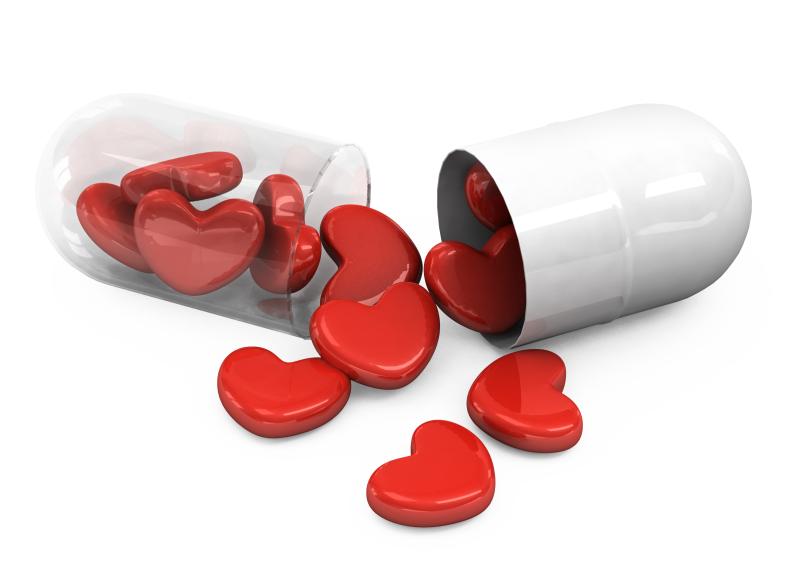
High-intensity statin therapy appears to be seeing increased use in patients with acute coronary syndrome (ACS) and leads to better lipid control, according to a recent Thailand study.
Accessing the electronic database of a tertiary Thai teaching hospital, researchers evaluated the medical records of 1,753 ACS patients (mean age, 67.9±12.4 years; 63 percent male). Temporal trends of the prescription of high-statin therapy, as well as the proportion of patients who achieved the low-density lipoprotein cholesterol (LDL-C) goal, were the study outcomes.
More than half of the participants were given high-intensity statin regimens (56.3 percent; n=987). The rest (43.7 percent; n=766) had been given low-to-moderate-intensity statin therapies. Atorvastatin 40 mg daily was the most common medication given (n=980).
The prescription of high-intensity grew over time, from 10 percent in 2013 to 32 percent and 88 percent in 2014 and 2016, respectively. The temporal increase achieved statistical significance for a linear trend (p=0.033).
Almost a quarter of the population achieved a reduction in LDL-C of almost a half, while levels dropped to below 70 mg/dL in 35.1 percent. Using either criteria, 43.4 percent of the participants were deemed to have achieved the LDL-C goal. These tended to have lower LDL-C at baseline and be on high-intensity statin medication.
Multivariable analysis found that having high LDL-C at baseline was a significant deterrent to achieving LDL-C goals 120 days after discharge (>100 mg/dL vs <70 mg/dL: adjusted odds ratio [OR], 0.26, 95 percent confidence interval [CI], 0.13–0.51; p<0.001). High-intensity statin treatment, on the other hand, was a significant positive predictor (adjusted OR, 2.13, 95 percent CI, 1.40–3.24; p<0.001).